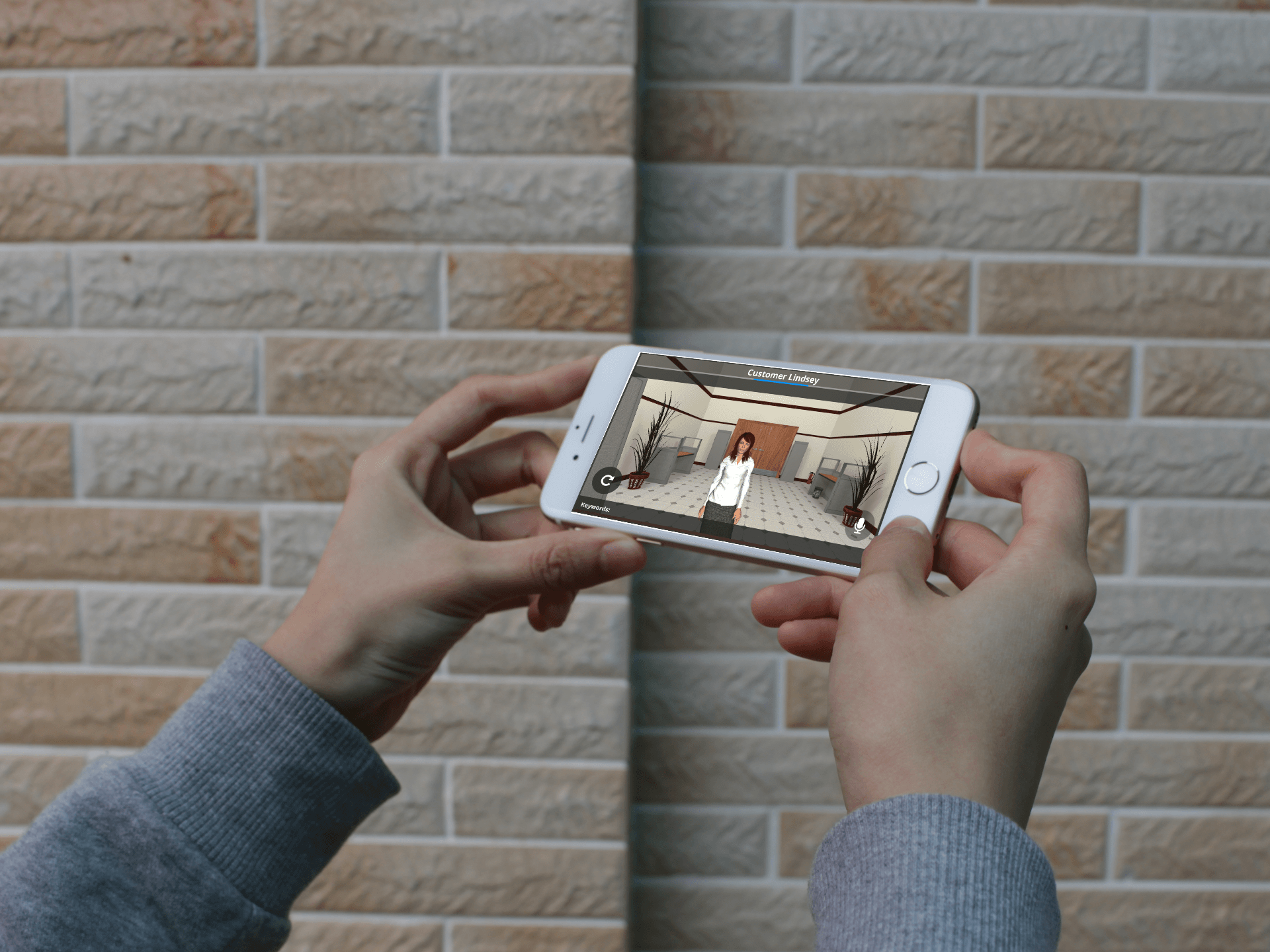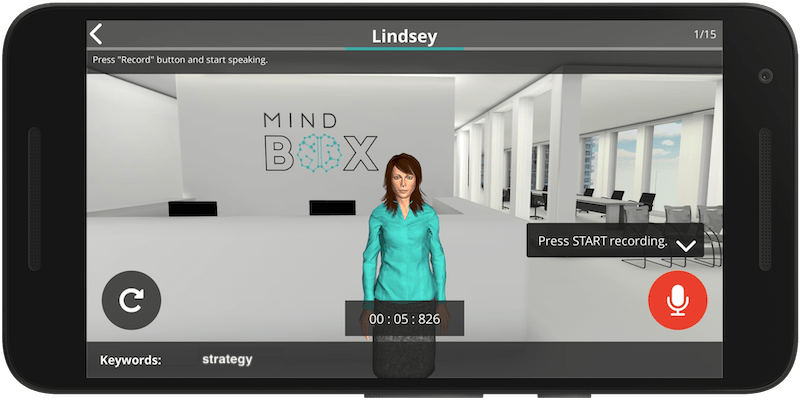There’s simply no denying of fact that properly trained sales skills personnel deliver better results for the retailer. Unless of course your staff is better trained than the competition, armed with more product knowledge and strategies to solve client problems, your retail operation will compete on price. That’s not a good position for a retail speciality store to be in, because it is almost impossible to compete on price with the big box retailers and national chains given their enormous purchasing power and economies of scale. Sadly, retailers investing in marketing and advertising campaigns designed to drive people in their stores only to encounter personnel who do not have the right training. And that’s an outcome no retailer can afford for long.
Product knowledge training
Product knowledge is crucial for your workforces. They must know exactly what they’re selling in order to be effective salespeople. They should know the features and advantages of the products sold in the store. Mix this knowledge about the product and enthusiasm to help people lead to winning combination.
It is important to provide a sufficient amount of product information to workforces. If you are lacking info on the products, you sell call up your product vendors and reps and get them to provide the info you need. Start reviewing this info with your staff and make it obligatory that everyone learns it.
The way to sell efficiently
Here are some problems should cover in your weekly exercise sessions:
- What are the best qualifying questions to ask a customer?
- How do you determine customer needs?
- How do you overcome customer objections?
- What are the best ways to ask for the sale?
- How do you use deficiency and urgency to close the sale?
- How do you create additional sales by recommending products that complement other items?
Role-playing with staff is a fantastic way to give them the answers to these questions in a real-world context. But for role-playing, it is necessary to reserve the time by colleague or manager and schedules a good date. Another problem is the attitude of people who play the role of customer. If the same person does this role often is boring for them.
How technology helps training sales skills
Technology-based training programs provide self-paced employee directed learning. The use of technology-driven training delivers benefits to employees and organizations. Technology offers ease of use, learning retention, evaluate learners, the ability to reinforce learning, employee training convenience, replace role-playing.
You can use speech-based learning to teach your workforces selling better. Created scenarios in 3D environment help learners better gain experience in selling to customers and quickly apply them in the real world. With the mobile application, your workforces can be training anywhere and anytime.

It is an effective method of learning because learners interact with virtual customers by voice. And it is more natural for improving sales skills. The combination of speech and voice recognition technology and analytics module allows to testing product knowledge of your workforces, teach better-overcome customer objections and correctly ask questions.
MindBox VR is a first speech-based learning platform allows prepare courses for workforces by voice and speech recognition technology. With our solution, you can ensure role-playing for your workforces more often.




